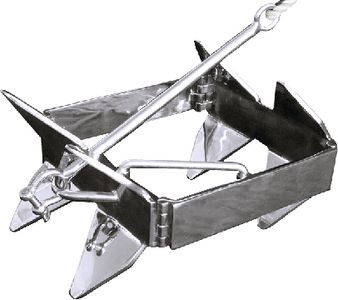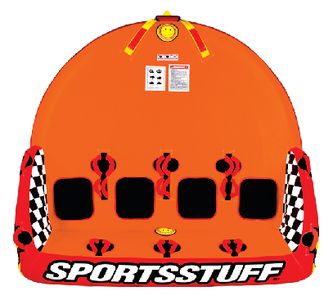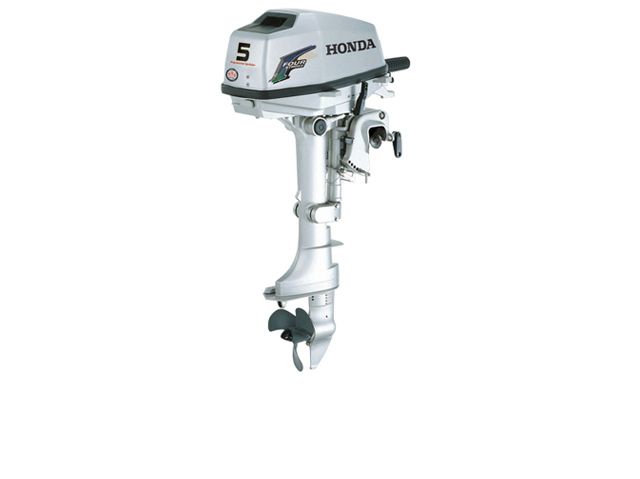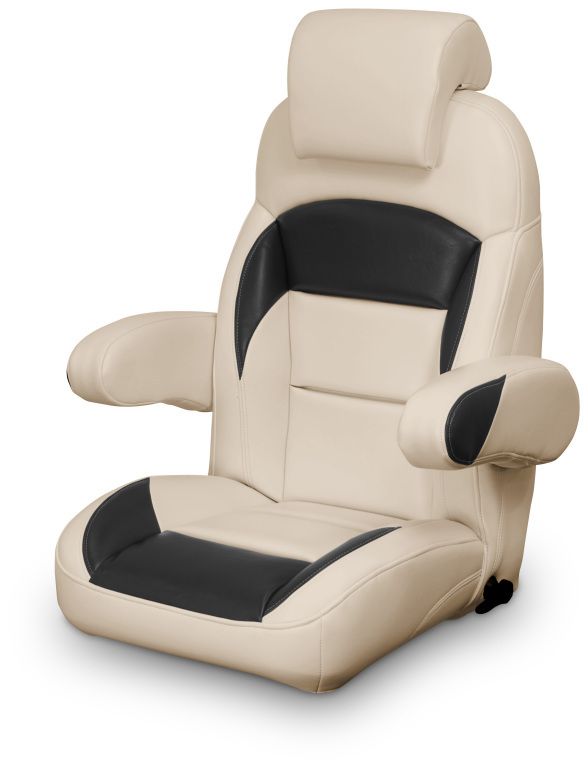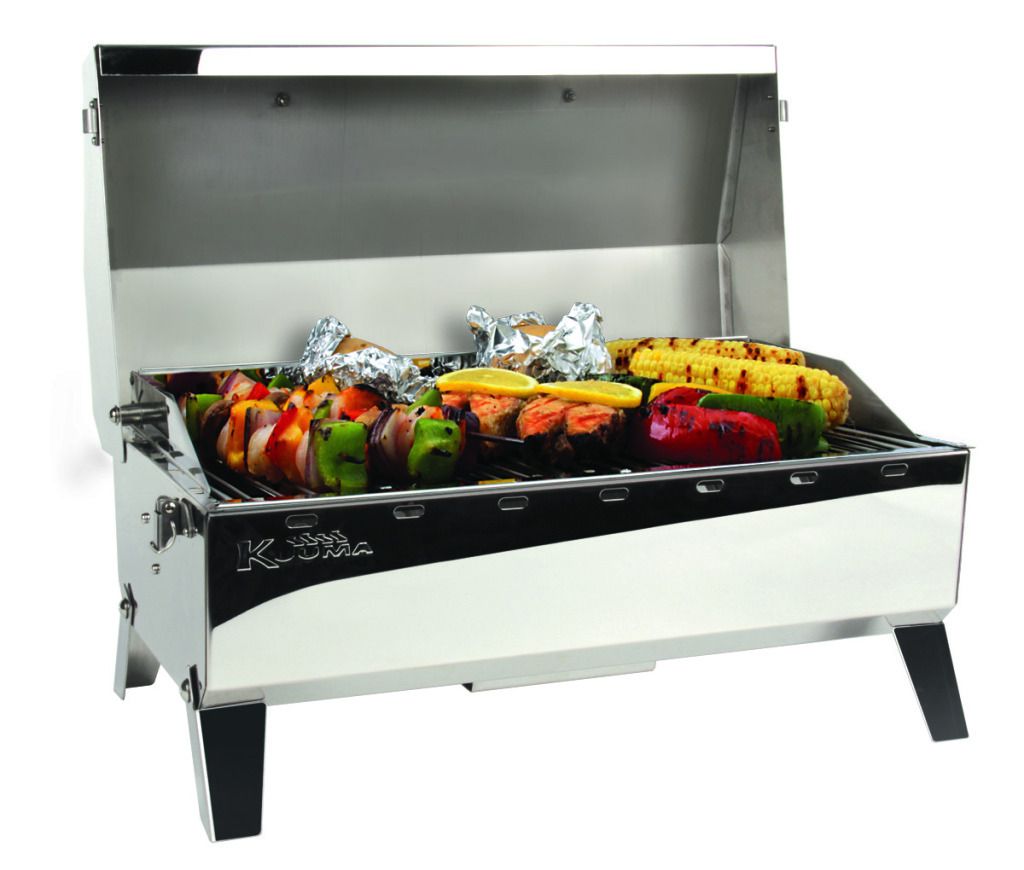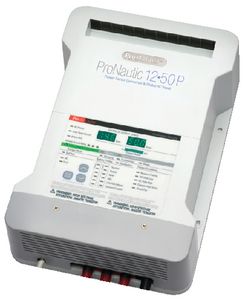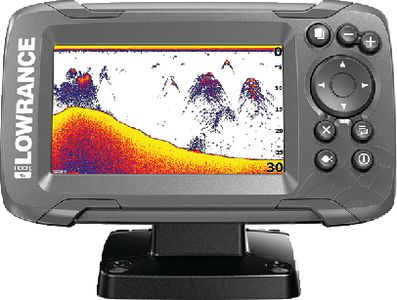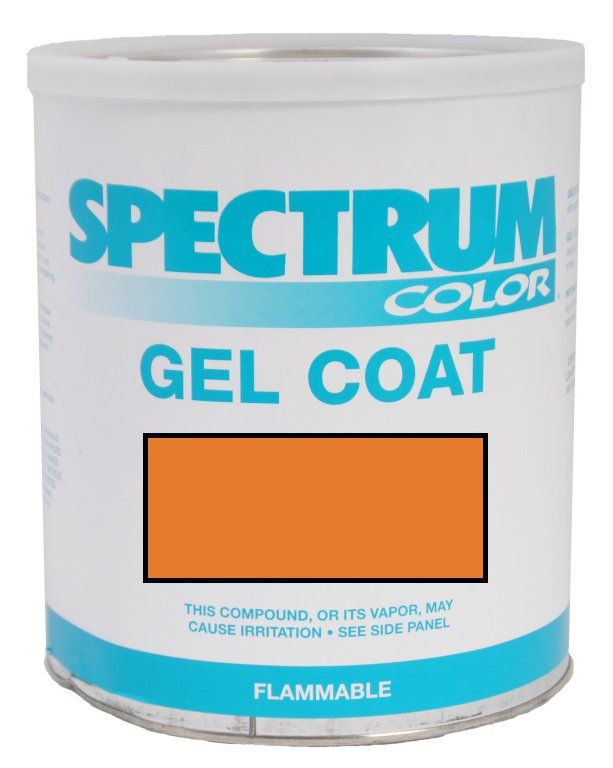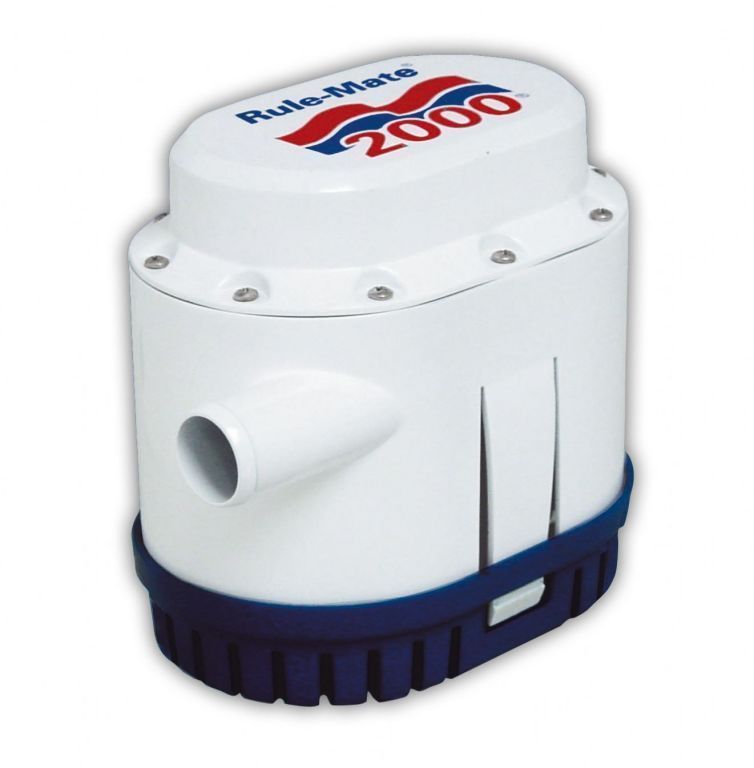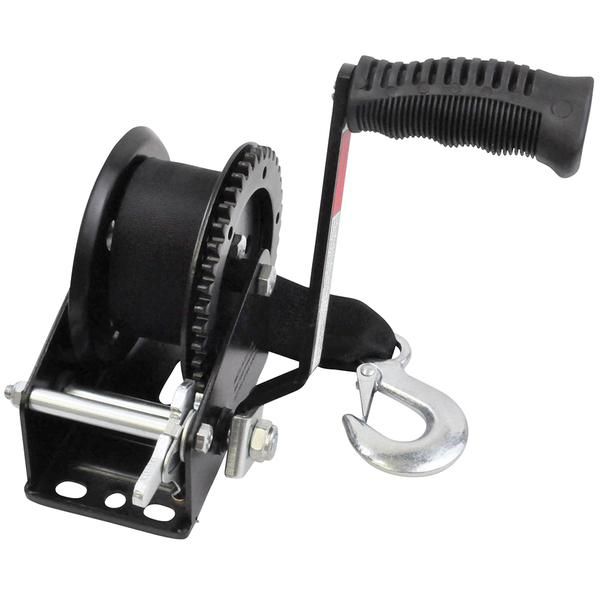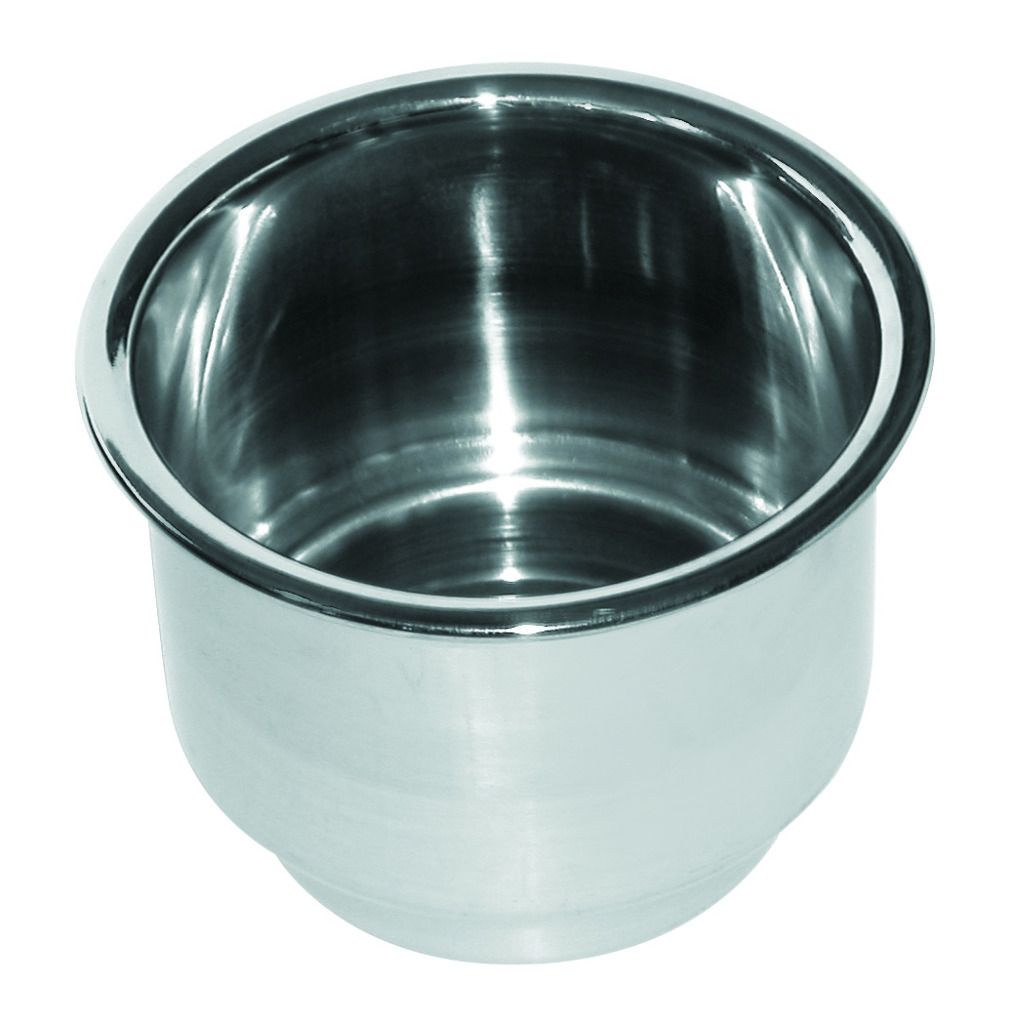Re: TWO STROKE OIL
This subject pops-up more than moles in that game with the hammer!! But I understand why. We all want the absolute best qaulity/cost compromise.<br />I copied this from another great site of learning, (Marinemecahnics.com).<br />It's kinda wordy, but it de-mistifies the subject, and we need to post it here for future reference...It makes for dry,but definative reading..So here goez:<br /><br />Oil and the common person<br /><br />Marine Mechanics need to have an overall understanding of oil products. Always, refer to engine and or owners manuals for specific information, but you should be aware of the basic, yet significant, differences in the oils and lubricants used today. <br /><br />Two stroke gasoline engine oils are formulated with the following additives: <br />* Detergents to neutralize acids formed during combustion<br />* Dispersants to hold contaminants in suspension and off the metal surfaces of the engine<br />* Anti-wear agents<br />* Rust and corrosion inhibitors<br />* Polymers to reduce exhaust smoke and exhaust system blocking. <br /><br />Major performance requirements of two-stroke gasoline engine oils include:<br />* Protection against ring sticking<br />* Protection against exhaust system blockage<br />* Protection against piston and cylinder scuffing<br />* Protection against deposit-induced pre-ignition<br />* Rust prevention<br />* Biodegradability <br /><br />There are two designations that a two-stroke gasoline engine oil may be classified as:<br />* American Petroleum Institute "TC"<br />* National Marine Manufacturers Association "TC-W3" <br /><br />TC-W3 quality oils are preferred by most outboard engines and personal watercraft. Some personal watercraft manufacturers, (Bombardier for example), specify not to use TC-W3 quality oils. <br /><br />TC (low-ash) and TC-W3 (ash-less) oils primary difference is in ash content. Ash content is the non-combustible portion of a lubricating oil. Many of the additives found in fully-formulated lubricating oils contain metallic, non-combustible derivatives, such as barium, calcium and magnesium. Ash-less oils must be formulated without metallic or noncombustible additives. <br /><br />In North America, four-stroke gasoline and two- and four-stroke diesel engine oils are all classified by the American Petroleum Institute. The engine manufacturers will specify the API service category and Society of Automotive Engineers viscosity grade that they prefer based on the ambient operating temperatures and the quality of oil required for the design of the engine. <br /><br />Four-stroke gasoline engine API service categories always begin with the letter S. <br />Diesel engines begin with the letter C. <br />These letters stand for "Service" and "Commercial" sometimes refereed to as... "Spark Ignition" and "Compression Ignition". <br /><br />There are five current API service categories:<br />* API SJ is for four-stroke gasoline engines.<br />* API CF-2 is for two-stroke diesel engines.<br />* API CF, CF-4 and CG4 for four-stroke diesel engines. <br /><br />The requirements of four-stroke gasoline and two- and four-stroke diesel engines, motor oils are formulated with the following additives:<br />* Anti-foaming agents<br />* Oxidation inhibitors<br />* Corrosion inhibitors<br />* Rust inhibitors<br />* Anti-wear and anti-scuff agents<br />* Detergents to neutralize acids formed during combustion<br />* Dispersants to hold contaminants in suspension and off the metal surfaces of the engine<br />* Polymers to improve the ability of the oil performance in cold temperatures and over a wide range of temperatures. <br /><br />There are three API service categories for gear oils:<br />* API GL-1<br />* API GL-4<br />* API GL-5 <br />Most outboard manufacturers recommend API GL5 gear oils for their lower units. API GL-5 gear lubricants are for both mechanical shift units calling for Type B gear oil and electrical shift mechanisms calling for Type C gear oil. (only the viscosity value will be different for each application) <br /><br />Transmission fluid needs to have excellent oxidative stability and anti-foaming characteristics, and must be able to perform over a wide range of temperatures. Dexron(r) III/Mercon(r) formulations meet the requirements of Type A, Dexron(r), Dexron(r) II, Dexron(r) II-E and Mercon(r) ATFs. Current Dexron(r) III/Mercon(r) formulations are also generally suitable as Allison C2, C3 or C4 type fluids. <br /><br />On the other hand,Type F ATF has a different frictional property than Dexron(r) III/Mercon(r). (Note: some transmissions use regular motor oil) <br /><br />Always refer to the manual for exact specifications but as you can see, standards exist to create a uniform atmosphere for compatibility in lubricants. This should make it easier to choose one brand over another. Also note that every "generic brand" lubricant has to comply with the same standards as the "brand name" lubricant to carry a specific classification. (and there are only a hand-full or so of lubricant manufacturers as compared to the numerous "brand names" they manufacture.) <br /><br />There is a case for "product specific" lubricants that are distributed by engine manufactures for their product. These engine manufacturers can specify changes or additions to a specific type of oil that would carry that engine manufacturers "private label". Ask your supplier or rep some cold hard questions. <br />(See an experiment run by Mercury a few years back.)<br /><br />The bottom line is that each oil has to pass the test for it's category, but the question is: "How well, did they pass?" and "What did they put into the oil, so it would pass? " There in lies the difference.....

